A decade ago, helium was more synonymous with party balloons and squeaky voice pranks than any serious industrial applications.

In reality, the lightweight gas plays a crucial role in manufacturing semiconductors and in missile launches, while medical magnetic resonance imaging (MRI) scanners won’t work without it.
To the concern of the western world, a serious supply gap is emerging and it doesn’t help that the troubled states of Russia and Qatar are the main suppliers.
According to the New Jersey-based Kornbluth Helium Consulting, annual global helium demand currently is around six billion cubic feet (bcf) – a derisory figure compared to natural gas.
But as an enabler of so many technologies, helium is far more strategic and valuable. Kornbluth estimates that semiconductor makers will soon become the biggest helium users, surpassing the MRI machines that currently account for 22 per cent of global supply.
According to the firm, helium prices have risen from $US69 ($97) per million cubic feet (mcf) to $US220 mcf over the last decade, a compound annual growth rate of 9 per cent.
“It’s expensive because it’s rare, in demand and can’t be substituted in most industrial uses,” says Justyn Wood, chief executive of the Tanzanian-focused helium explorer Noble Helium.
The US once supplied all of the world’s helium, but in a strategic misstep the Clinton administration voted to deplete a large Texas-based strategic reserve accumulated during the Cold War.
By the mid 2020s Russia, Qatar and Algeria are projected to supply more than 60 per cent of the world’s helium. The prospect of war-related embargoes aside, Russia’s supplier status has been hurt by setbacks at Gazprom’s huge Amur project in eastern Siberia.
The project was vaunted to add 2 billion cubic feet per year to global supply by the end of 2024. But following two explosions and fires at Amur’s natural gas processing plant, production has been delayed from this year to at least 2023.
“The horror of the Russian invasion of Ukraine has also demonstrated in full technicolour that geopolitical risk is now a major issue for this vital gas,” Wood says.
Having listed on the ASX in early April after raising $10 million, Noble Helium is focused on exploring its tenements in Tanzania, which it’s hoped will become the world’s largest primary helium reserve.
“Our aim is to diversify the helium supply chain and insulate it from the disruption and market manipulation risk that might otherwise emerge in the sourcing of this critical raw material,’’ he says.
As an explorer with Hardman Resources, Wood was instrumental in opening the East African Rift to oil and gas exploration in the early 2000s.
Deciding to focus on the second element on the periodic table, Wood co-founded Noble Helium in early 2017 and secured 4000 square kilometres of exploration acreage in Tanzania, already recognised as probably the best untested helium opportunity globally.
A few months later, Qatar was embargoed by its Gulf Cooperation Council neighbours, which overnight shut off 30 per cent of the world’s helium supply for six weeks.
Noble Helium’s first project, the 1500-square kilometre North Rukwa Basin, already has an independently certified mean prospective helium volume of 176 billion cubic feet.
“If proven, this would be enough to supply the world for 30 years at current demand levels and would have the potential to equal Qatar for a helium resource,” Wood says.
Usually, helium occurs in natural gas (methane), which makes for an emission-unfriendly extraction process. However, Noble’s so-called ‘‘green’’ helium is contained within nitrogen, which can be vented into the atmosphere because it’s already the main component of the air we breathe.
The company has kick-started an exploration program, with a 3D seismic program due to start in the September quarter. A follow-up drilling program is expected to focus on the first two targets, with a mean unrisked volume of 31 billion cubic feet.
Wood says helium is valued because of its unique properties that can’t be substituted. Apart from sending weather (and party) balloons to the heavens, liquid helium is thousands of times more thermally conductive than copper.
In the case of semiconductors, helium is both inert and dissipates heat generated in the precise process of layering nanoconductors.
The gas has the lowest freezing point, which means it remains a liquid rather than ice at ultra-low-temperatures. It’s this attribute that makes helium essential for MRIs and missiles.
Speaking of rocketry, Noble Helium shares doubled on listing, but have since fallen back to around the 20 cent listing price.
‘‘Crucially, we got funding in place before market conditions really soured,” Wood says. “Given we’ll be spending the money raised on value-adding in the tenements, the valuation should take care of itself over time.”
Wood says it’s highly satisfying to be involved in a commodity with such untapped potential.
“Helium was completely off the radar five years ago,’’ he says. ‘‘With a bit of luck and a lot of hard work, we were able to secure a master position in something with a lot of value.”
See this article in the e-Edition Here





